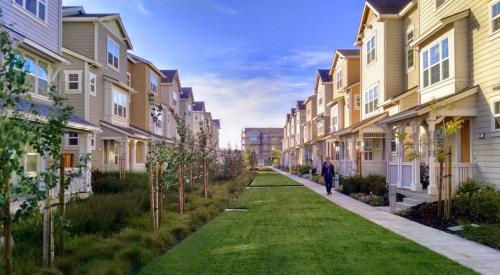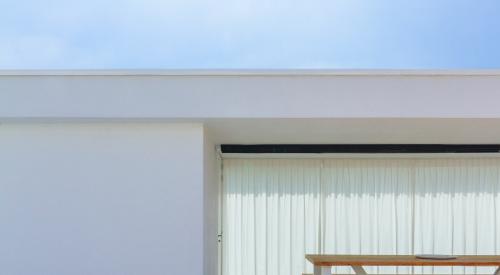Lawmakers and city officials in Milwaukee seek to add more affordable housing in the city, but residents question their methods.
Milwaukee has several housing concerns, including high eviction and foreclosure rates, and hypervacancy, combining to make it a "a poster child for broken housing programs," and the subject of many studies evaluating how it can overcome its obstacles. Executive director of Amani’s Dominican Center for Women Sister Patricia Rogers explains to CityLab that the City of Milwaukee favors larger, commercial developers to smaller ones based in the community, though the rent charged by big developers is unaffordable for many Milwaukeeans.
Barbara Smith, President of Milwaukee’s Amani United Neighborhood Association, stands in front of her north side house and points to a neglected two-family across the street, one of three abandoned properties adjacent to her house. The shingles of its upper floors are missing and ribbons of yellow siding curl away from the sides, exposing the boards underneath. Small holes line the outside wall, used by animals to get in and out. “I call that the critter house,” Smith says. The critter house has been like this for a while: The record of complaints about this property goes back 20 years.













